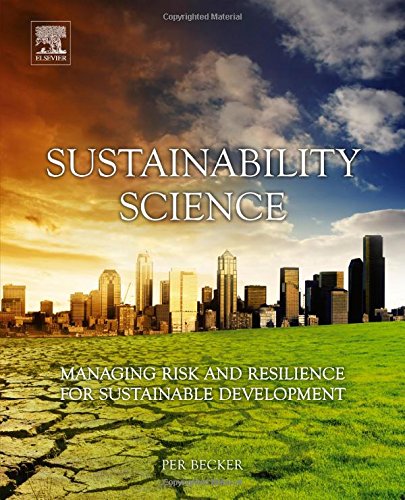

Most ebook files are in PDF format, so you can easily read them using various software such as Foxit Reader or directly on the Google Chrome browser.
Some ebook files are released by publishers in other formats such as .awz, .mobi, .epub, .fb2, etc. You may need to install specific software to read these formats on mobile/PC, such as Calibre.
Please read the tutorial at this link: https://ebookbell.com/faq
We offer FREE conversion to the popular formats you request; however, this may take some time. Therefore, right after payment, please email us, and we will try to provide the service as quickly as possible.
For some exceptional file formats or broken links (if any), please refrain from opening any disputes. Instead, email us first, and we will try to assist within a maximum of 6 hours.
EbookBell Team

4.0
6 reviewsA new, holistic transdisciplinary endeavour born in the 21st century, Sustainability Science: Managing Risk and Resilience for Sustainable Development aims to provide conceptual and practical approaches to sustainable development that help us to grasp and address uncertainty, complexity, ambiguity and dynamic change. Four aspects that permeate our contemporary world and undermine much of our traditional ways of thinking and doing. The concepts of risk and resilience are central in this endeavour to explain, understand and improve core challenges of humankind.
Sustainability and sustainable development are increasingly important guiding principles across administrative levels, functional sectors and scientific disciplines. Policymakers, practitioners and academics continue to wrestle with the complexity of risk, resilience and sustainability, but because of the necessary transdisciplinary focus, it is difficult to find authoritative content in a single source.
Sustainability Science: Managing Risk and Resilience for Sustainable Development presents the state of the world in relation to major sustainability challenges and their symptomatic effects, such as climate change, environmental degradation, poverty, disease and disasters. It then continues by elaborating on ways to approach and change our world to make it a safer and more sustainable place for current and future generations. The natural, applied and social sciences are woven together throughout the book to provide a more inclusive understanding of relevant processes, changes, trends and events.